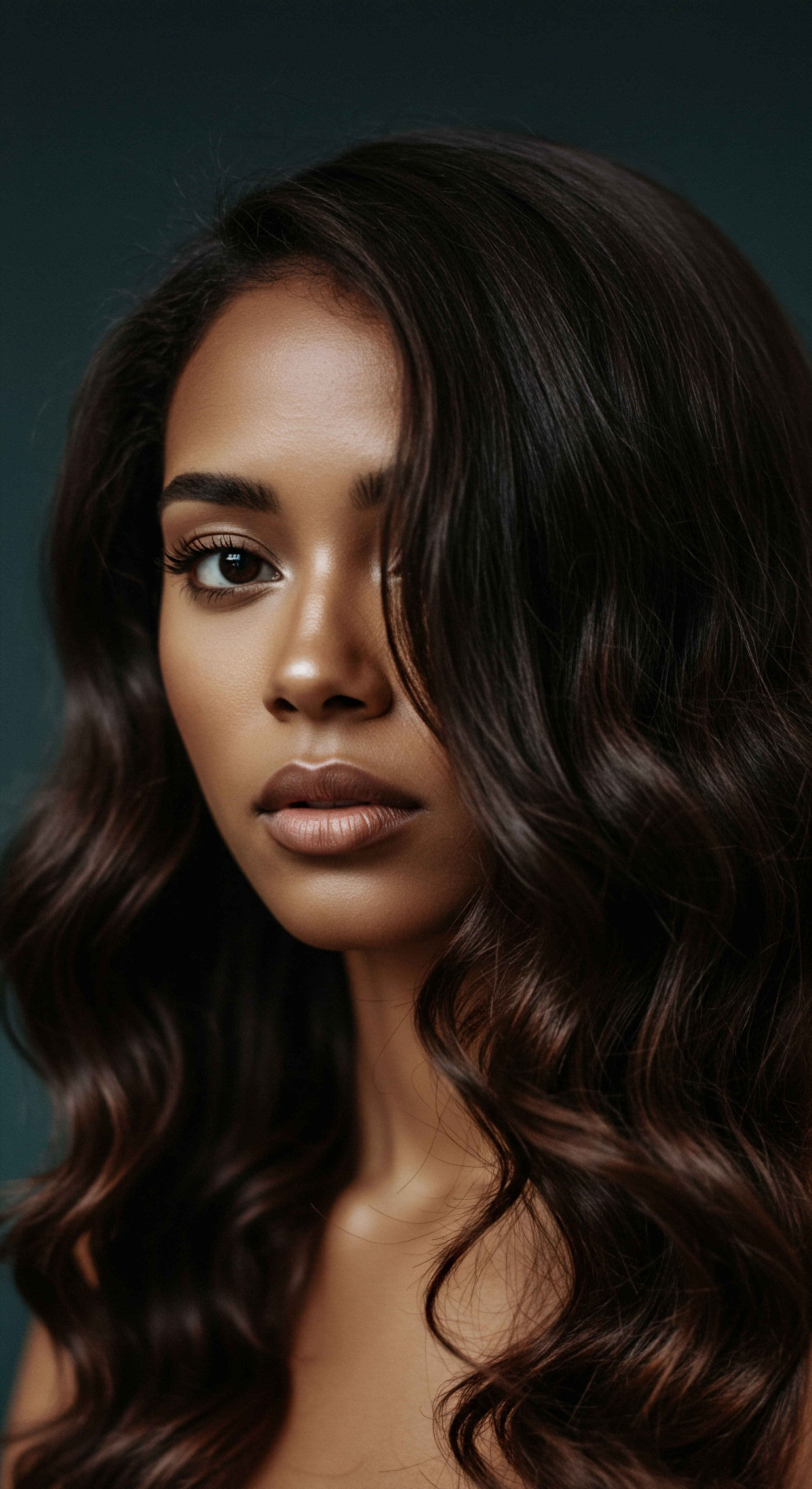
Roots
Consider for a moment the gentle whisper of history, carried on desert winds, speaking of ancient rituals. What if the secrets to maintaining a healthy hairline, to cultivating a vibrant crown, were not a modern revelation but a timeless pursuit, understood with profound intuition millennia ago? The ancient Egyptians, a civilization celebrated for its enduring legacy in art, architecture, and spiritual wisdom, also held a deep reverence for personal presentation. Their approach to hair, particularly the delicate frame of the hairline, offers a window into a culture where aesthetics intertwined with hygiene, status, and even spiritual well-being.
Far from a simple matter of vanity, hair care in ancient Egypt was a meticulous practice, a daily devotion to physical integrity and social standing. The desert climate, with its relentless sun and ever-present sand, presented unique challenges to hair health. Yet, the Egyptians adapted, developing a sophisticated understanding of protective measures and restorative remedies.
Their efforts reveal a timeless quest for balance, a desire for both beauty and comfort in a demanding environment. This deep connection to hair as a symbol of life and vitality, even beyond earthly existence, shaped their meticulous practices.
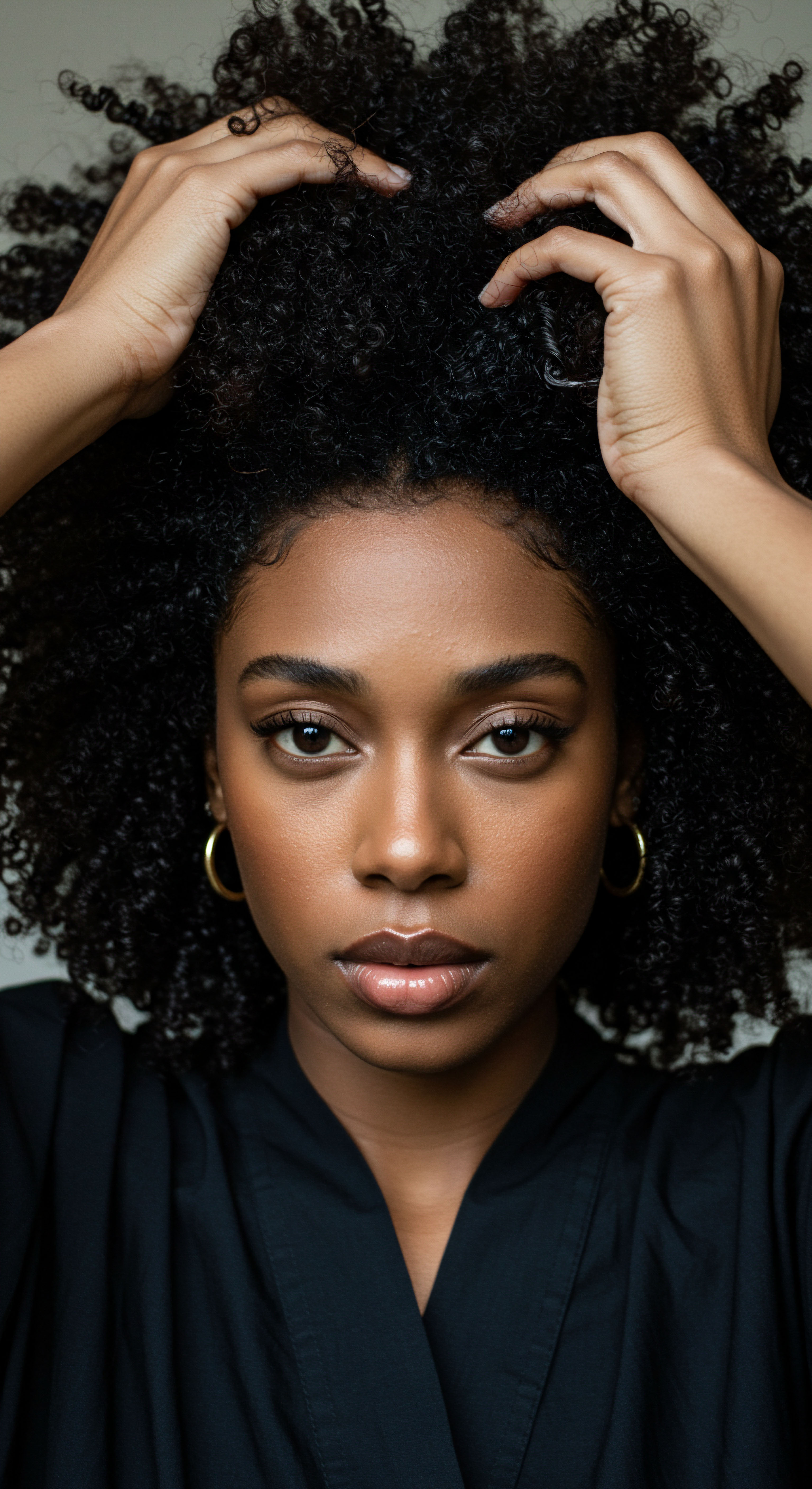
Ancient Hair as a Statement
In ancient Egypt, hair conveyed more than just personal style; it communicated social standing, age, and even religious adherence. Children, for instance, often sported a distinctive “side-lock of youth” until puberty, a visual cue of their tender years. For adults, a well-maintained coiffure, whether natural or artificial, signaled one’s place within society.
The sheer investment of time and resources into hair care speaks volumes about its significance. From the simplest braided styles to the most elaborate wigs, each choice was a deliberate expression.
Cleanliness was paramount, driven by both aesthetic desires and practical considerations like warding off lice in the warm climate. Archaeological findings consistently show that individuals of all genders and social strata engaged in regular grooming. Combs, often crafted from ivory, wood, or bone, and sometimes decorated with animal motifs, are among the oldest hair accessories discovered, dating as early as 3900 BCE. These tools were not merely for detangling; they were instruments of care, designed to distribute oils and maintain scalp health.
The ancient Egyptians viewed hair care as a reflection of health, beauty, and social standing, making it a meticulous and significant daily practice.
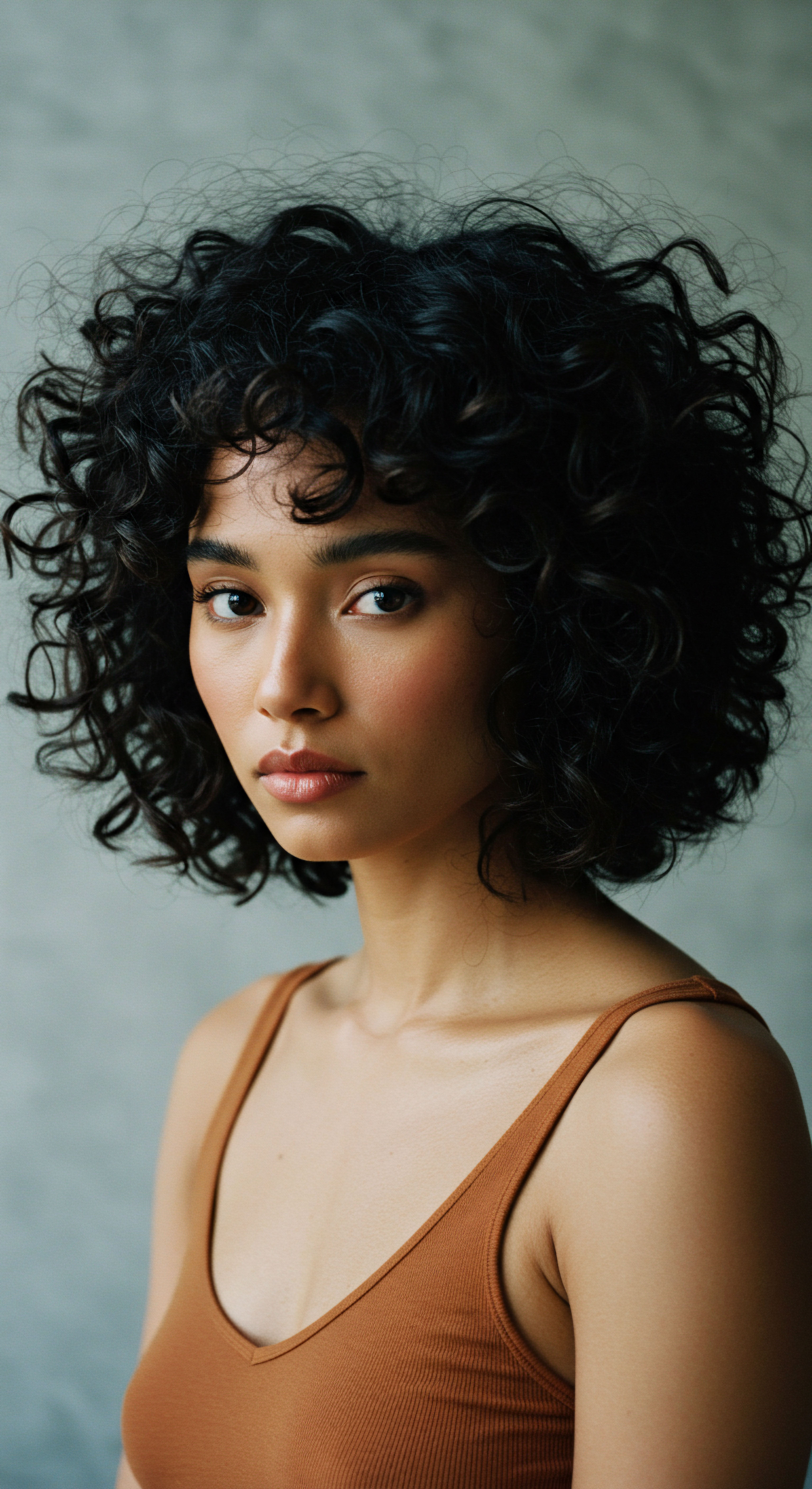
The Biology of Ancient Hair
The hair itself, as revealed through studies of mummified remains, exhibited a range of textures, from straight to curly, often remarkably preserved due to embalming techniques. This preservation offers a rare glimpse into the biological reality of ancient Egyptian hair. While depictions in art often present a uniform, idealized appearance, the underlying diversity of natural hair was undoubtedly present. The dry conditions of Egypt, alongside their sophisticated embalming methods, allowed for the survival of hair samples that continue to inform our understanding of their hair types and the products they used.
Understanding the basic biology of hair and scalp was implicitly understood by the Egyptians, even without modern scientific terminology. They recognized the need for moisture, protection from the sun, and the prevention of parasitic infestations. Their remedies, while sometimes appearing unconventional to modern eyes, were often rooted in observation and the properties of available natural ingredients.
- Hair Follicle ❉ Ancient Egyptians intuitively understood the scalp as the origin of hair growth, applying various concoctions directly to this area to promote density and address thinning.
- Hair Shaft ❉ The visible portion of the hair received attention through oils and styling products, aiming for smoothness, shine, and the desired aesthetic form.
- Scalp Health ❉ Maintaining a clean scalp was a fundamental concern, with shaving and wig-wearing serving as practical measures against environmental challenges and pests.

Ritual
How did a civilization so distant in time cultivate such an intimate connection with their hair, especially the delicate hairline? The answer lies not just in a list of ingredients or tools, but in the deliberate, almost sacred practices that shaped their daily lives. For the ancient Egyptians, hair care was a ritual, a thoughtful sequence of actions designed to preserve, adorn, and even spiritually prepare the individual. It was a testament to their belief that outer appearance mirrored inner well-being and a person’s readiness for both earthly existence and the afterlife.
The arid climate of Egypt presented unique challenges, demanding solutions that prioritized both protection and hygiene. The daily exposure to sand, dust, and intense sun meant that hair, particularly around the exposed hairline, was vulnerable. The Egyptians responded with ingenuity, transforming basic grooming into an art form.

What Did Ancient Egyptians Use to Maintain Hairlines?
The arsenal of the ancient Egyptian in caring for their hairlines was diverse, encompassing both preventative measures and restorative treatments. A cornerstone of their routine involved oils and fats. Almond Oil and Castor Oil were frequently applied to keep hair moisturized and smooth, a practice that also served the dual purpose of deterring lice. These natural emollients would have provided a protective barrier for the scalp and the delicate skin of the hairline.
Beyond these basic applications, more specialized preparations were common. The Ebers Papyrus, a medical text dating to approximately 1550 BCE, contains numerous recipes aimed at hair health, including remedies for hair loss and even graying. These formulations often included animal fats, plant extracts, and sometimes minerals.
For instance, one notable remedy for baldness described in the Ebers Papyrus involves a mixture of fats from a hippopotamus, crocodile, tomcat, snake, and ibex. While these ingredients seem unusual to us today, they speak to a comprehensive approach to hair and scalp concerns.
| Ingredient Castor Oil |
| Purpose Moisturizing, promoting growth, deterring lice |
| Source |
| Ingredient Almond Oil |
| Purpose Smoothing, moisturizing |
| Source |
| Ingredient Animal Fats (e.g. hippopotamus, crocodile, snake) |
| Purpose Hair growth stimulation, conditioning |
| Source |
| Ingredient Henna |
| Purpose Coloring (especially gray hair), strengthening |
| Source |
| Ingredient Beeswax |
| Purpose Styling, setting hair, providing sheen |
| Source |
| Ingredient These natural elements formed the basis of their sophisticated hair care practices. |

The Role of Wigs and Hair Removal
Perhaps one of the most striking aspects of ancient Egyptian hair care, particularly concerning hairlines, was the widespread adoption of wigs and the practice of hair removal. Many Egyptians, both men and women, shaved their heads or kept their natural hair very short. This was not a sign of disinterest in hair; quite the opposite. Shaving provided an immediate solution to the challenges of heat and lice infestations, which were rampant in ancient times.
Over these shaven or closely cropped heads, individuals wore elaborate wigs, which served multiple purposes. Wigs offered protection from the sun, a canvas for intricate styling, and a clear indication of social status. The finest wigs were crafted from human hair, meticulously braided and set with beeswax and animal fat to hold their shape and impart a lustrous sheen. These hairpieces could be removed and cleaned, maintaining a level of hygiene that would be difficult with natural hair in the Egyptian climate.
Hair removal was a common practice, extending beyond the scalp to the entire body. Methods included tweezing, shaving with bronze or copper razors, and even a form of sugaring using a honey-sugar mixture, a technique that surprisingly remains in use today. This pervasive desire for a smooth, hairless body underscores their commitment to cleanliness and a particular aesthetic ideal.
Wigs and hair removal were practical solutions for hygiene and sun protection, allowing ancient Egyptians to maintain an idealized appearance and display social standing.

Daily Grooming and Tools
The daily routine of hair and hairline care was often a collaborative effort, particularly for the elite. Royal households employed specialized hairdressers and barbers. These professionals used a range of tools, including combs, bodkins, and even metal implements resembling curling tongs to achieve desired styles.
Scenes depicted in tombs, such as that of Queen Nefru at Deir el-Bahari, show hairdressers using large hairpins to section and style hair. This attention to detail suggests a sophisticated understanding of styling and maintenance, even for the most delicate areas like the hairline.
The presence of cosmetic boxes and vanity objects in tombs further highlights the importance of these rituals. These containers often held various oils, creams, and pigments, indicating a holistic approach to beauty that included the skin of the face and hairline. The blending of practical hygiene with aesthetic aspiration was a hallmark of ancient Egyptian self-care.

Relay
To truly comprehend the ancient Egyptian approach to hairlines, we must move beyond simple descriptions of practices and consider the profound interplay of science, cultural belief, and societal expectation. What deeper layers of meaning did a well-groomed hairline hold in a civilization so attuned to symbolism and permanence? The inquiry leads us to consider not just the superficial appearance, but the underlying motivations, the environmental pressures, and the enduring human desire for control over one’s presentation, even in the face of nature’s inclinations.
Their meticulous care for hairlines and overall hair health represents a complex system, where practical hygiene converged with spiritual conviction and social signaling. This deep-seated concern for appearance, even in death, underscores a belief in continuity and the enduring significance of the physical form.
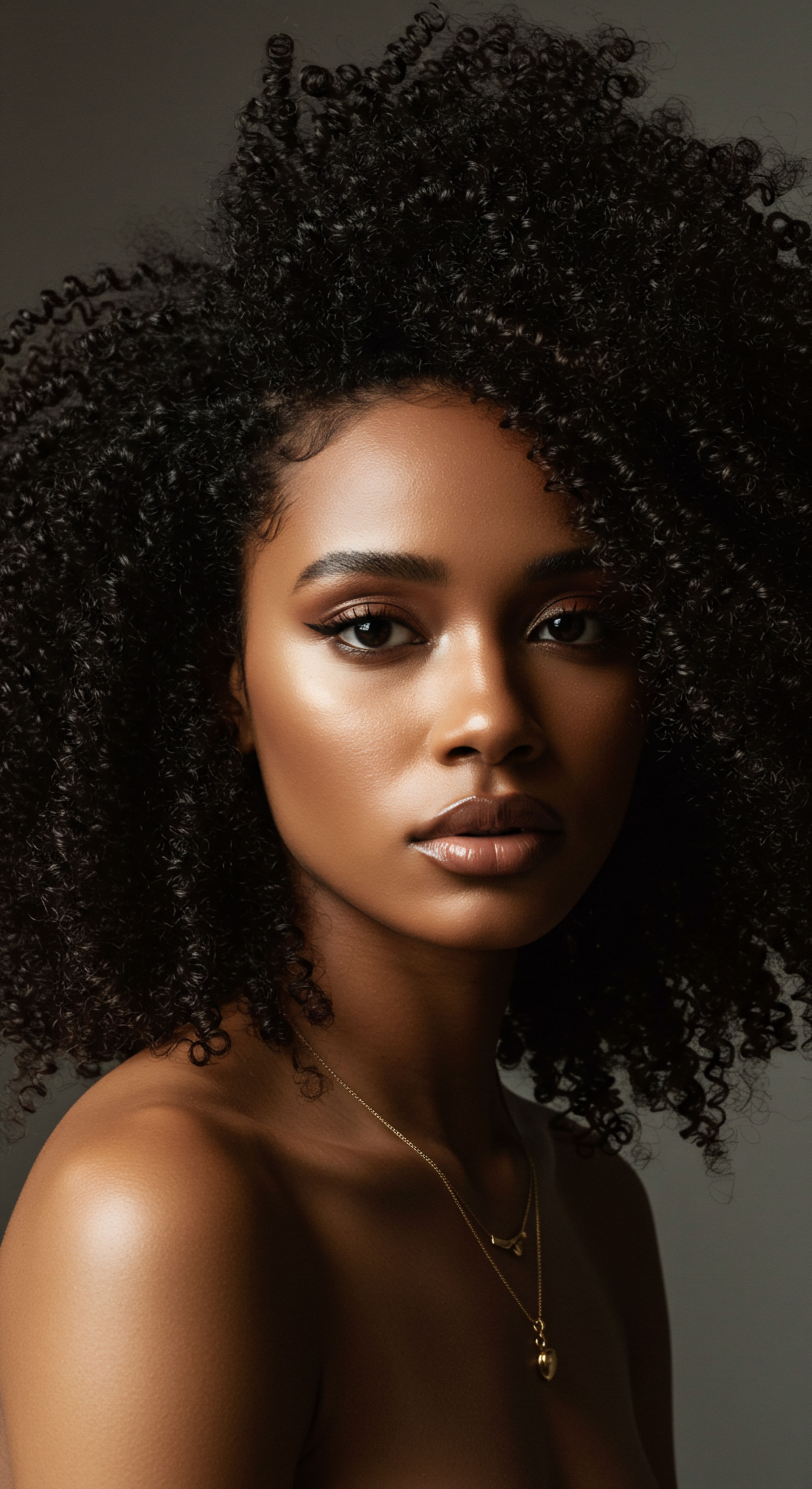
Why Did Hairline Appearance Matter So Much?
The emphasis on hairlines and overall hair presentation in ancient Egypt stemmed from a confluence of factors:
- Hygiene and Health ❉ The hot, arid climate made cleanliness a constant challenge. Shaving the head and wearing wigs significantly reduced the risk of lice and other parasitic infestations, which could spread disease. A clean, clear hairline was a visible sign of good health and meticulous self-care.
- Social Status and Identity ❉ Hair, or the lack of it, and the style of wigs, clearly delineated social strata. Elaborate, well-maintained wigs made from human hair were expensive and accessible primarily to the elite, signifying wealth and position. The side-lock of youth marked children, while specific styles could indicate a person’s role or even their marital status. A receding hairline, left untreated, could signal aging or a decline in vitality, something actively counteracted.
- Aesthetics and Beauty Standards ❉ Ancient Egyptian art consistently depicts individuals with smooth, unblemished skin and perfectly coiffed hair or wigs. This idealized aesthetic extended to the hairline, which was often precisely defined. The desire to conform to these beauty standards was powerful, driving the use of various products and techniques.
- Spiritual and Ritual Purity ❉ For priests and those engaged in religious duties, maintaining a completely shaven head was a requirement for ritual purity. This practice highlights a deeper, spiritual dimension to hair removal and, by extension, hairline care. Cosmetics and personal adornments also held spiritual significance, often decorated with symbols of fertility and regeneration, linking beauty to the cycle of life and rebirth.

Combating Hair Loss and Hairline Recess
The concern over hair loss, particularly at the hairline, is not a modern affliction. Ancient Egyptians, like people today, sought remedies to prevent baldness and stimulate hair growth. The Ebers Papyrus, a testament to their medical knowledge, contains numerous recipes for this very purpose.
One fascinating, albeit unproven by modern science, remedy from the Ebers Papyrus (Ebers 455) involved a mixture of fats from various animals ❉ lion, hippopotamus, crocodile, cat, snake, and mountain ibex, to be applied to the bald head. This collection of ingredients speaks to a belief in sympathetic magic or the power derived from these creatures.
Another intriguing, and somewhat controversial, example of their approach to hair loss is a recipe from the Ebers Papyrus (E 475) that instructs boiling lotus leaves and steeping them in fat or oil, then applying the mixture to the head. While this sounds like a general hair growth remedy, some interpretations suggest this particular concoction was intended to cause hair loss in “hated people,” reflecting a darker, more manipulative side to their understanding of hair’s power. This highlights a societal understanding that hair loss could be a form of humiliation or punishment, further emphasizing the importance of a full, healthy hairline.
Ancient Egyptians sought to prevent hair loss and define hairlines through diverse remedies, including animal fats and plant extracts, reflecting deep cultural and aesthetic values.

The Science Behind Ancient Treatments
While the ancient Egyptians lacked modern scientific understanding, some of their practices may have had practical benefits. The use of oils like castor and almond provided deep conditioning, sealing moisture into the hair shaft and protecting it from environmental damage. These oils could also help soothe an irritated scalp, which is essential for hairline health. The application of fats, while perhaps not directly stimulating new growth in the way they hoped, would have provided a rich emollient base, improving the texture and appearance of existing hair and offering a protective coating.
A study published in the Journal of Archaeological Science in 2011 revealed that ancient Egyptians used a fat-based “gel” to style their hair, with analyses of mummies showing hair coated in a substance containing biological long-chain fatty acids like palmitic and stearic acid. This finding suggests a sophisticated understanding of how to set and maintain hairstyles, including those around the hairline, ensuring they remained in place even after death. The meticulous application of such products speaks to a desire for permanence in their appearance, both in life and for the afterlife.
The role of Henna is also noteworthy. Used as a dye for hair and nails, henna would not only color graying hair, thus preserving a youthful appearance, but also possesses conditioning properties that strengthen hair and reduce breakage. This natural dye would have helped maintain the appearance of a full, even hairline by camouflaging thinning or discoloration.
The emphasis on external application of remedies, often involving massage, also suggests an intuitive grasp of stimulating blood flow to the scalp, a concept still relevant in modern hair care for encouraging healthy growth. The careful attention to the scalp and hairline, whether through shaving for hygiene or applying balms for appearance, underscores a holistic view of personal presentation that spanned thousands of years.
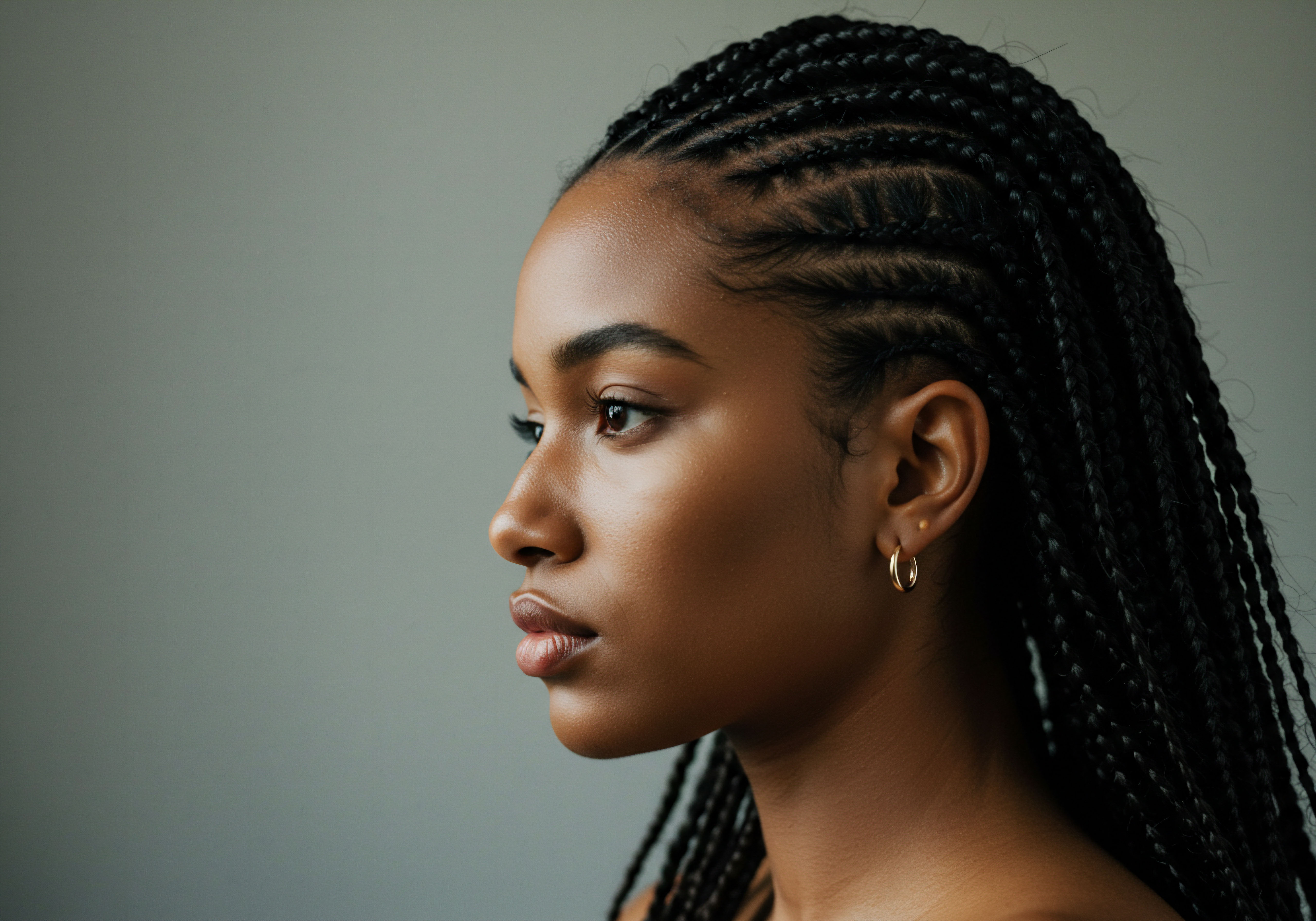
Reflection
As we consider the ancient Egyptian dedication to their hairlines, a profound realization emerges ❉ the human connection to hair, its presentation, and its preservation, is truly timeless. The desires for cleanliness, for a vibrant appearance, for symbols of status, and for remedies against nature’s wear are not inventions of our age. They are echoes from a distant past, resonating with our own contemporary quests for hair wellness.
The delicate balance they sought between practical solutions and aesthetic aspirations, even when those solutions involved concoctions of animal fats or elaborate wigs, speaks to a deep, abiding respect for the self and one’s place in the world, both seen and unseen. Their story is a gentle reminder that beauty rituals, at their core, are about care, continuity, and the enduring human spirit.

References
- Fletcher, J. (1995). Ancient Egyptian Hair ❉ A Study of the Hair and Hairstyles of the Ancient Egyptians from the Predynastic Period to the Roman Period. Ph.D. dissertation, University of Manchester.
- Fletcher, J. (1998). Hair and the Wearing of Wigs in Ancient Egypt. In S. Quirke (Ed.), The Cult of Ra ❉ Sun Worship in Ancient Egypt (pp. 77-88). British Museum Press.
- Lucas, A. (1930). Ancient Egyptian Materials and Industries. Edward Arnold & Co.
- Riefstahl, E. (1952). Patterned Textiles in Ancient Egypt. Brooklyn Museum.
- Bryan, C. P. (1930). The Papyrus Ebers. Geoffrey Bles.
- Manniche, L. (1999). Music and Song in Ancient Egypt. British Museum Press. (While not directly hair-related, provides cultural context for daily life and adornment.)
- Dawson, W. R. (1927). Magician and Leech ❉ A Study in the Healing Art from Ancient Egypt. Methuen & Co.
- Wilfong, T. G. (1997). Women in Ancient Egypt. University of Michigan Press.
- Cox, R. (1977). The British Museum Wig. Journal of Egyptian Archaeology, 63, 67-72.
- Marshall, A. (2022). Motherhood and Early Infancy in Ancient Egypt. American University in Cairo Press. (Provides context on childhood hairstyles).